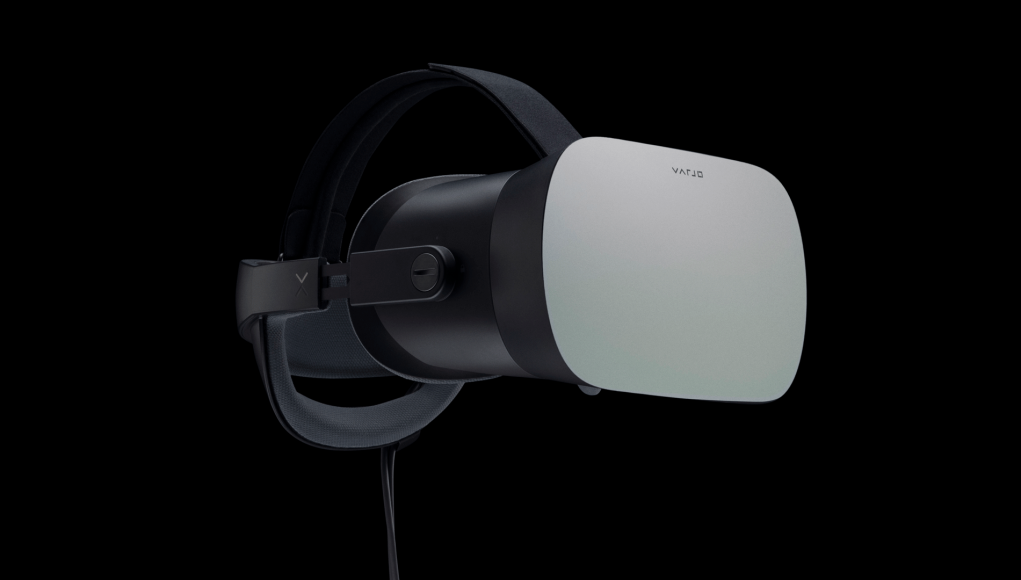Varjo today announced the launch of its VR-1 headset. Priced at $6,000, the headset aims to deliver a huge jump in effective resolution with a novel fixed-foveated display that offers unprecedented retina-resolution fidelity at the center of the field of view.
Varjo’s VR-1 headset uses a novel fixed-foveated display which actually uses two different displays per eye: an ultra high pixel density display covering the central ~20 degrees of the field of view (where your eye naturally sees the sharpest) and a lower pixel density display which fills out the headset’s peripheral view.
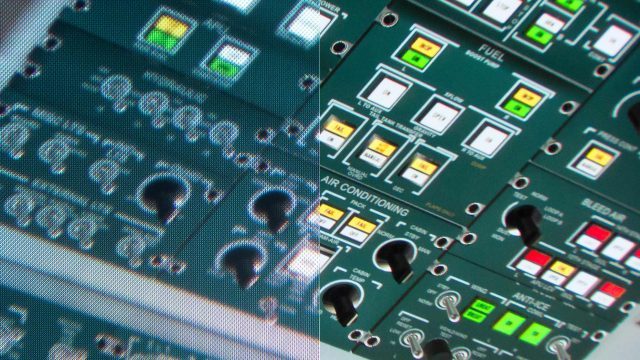
The central display (which Varjo calls the “focus display”) is quoted at 60 pixels per degree, which the company says is 20 times the pixel density available in any other VR headset currently on the market. Indeed, we’ve been very impressed with prototypes of the headset; per our most recent prototype hands-on in December:
The central part of the field of view in the Varjo headset has absolutely no visible screen door effect or aliasing. It feels a bit like using bifocals in the way that you sometimes need to consciously gaze through the center of the lens to see the best detail, but it’s a drastic, almost magical difference from even the highest resolution consumer headsets available today. Lines are perfectly smooth and you can read text at distances that would be rendered entirely illegible on other headsets. Some things, like fine surface textures, are revealed with stunning detail where they would be outright invisible at a more common resolution. Scenes captured with photogrammetry—which already look impressive even on high-end consumer hardware—take on a whole new level of breathtaking detail when seen through the Varjo headset.
The focus display resides in the center of the field of view and blends into the larger “context display” which, with a resolution of 1,440 × 1,600, covers the peripheral field of view with a pixel density that’s similar to contemporary headsets like the Vive Pro.
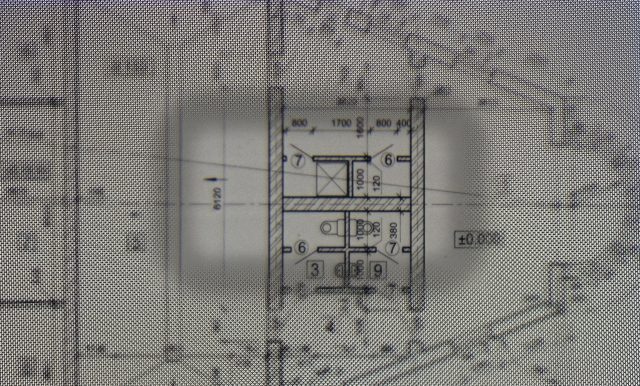
Varjo says the VR-1’s full field of view covers 87 degrees. Both the focus display and the context display are OLED, and our understanding is that the focus display operates at 60Hz with the context display at 90Hz.
The VR-1 also includes custom-made eye-tracking which the company claims delivers “unmatched precision and accuracy” in a stereo eye-tracking solution.
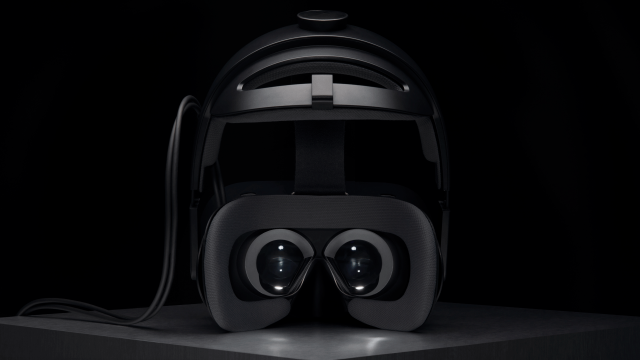
SteamVR Tracking 2.0 is built into the headset which connects to a host PC with a USB-C link box at the end of 10 meter (32 feet) cable. The weight of the headset, including the new hard strap, is 905 grams.
Varjo says their “industrial-grade” VR-1 headset is available starting today in 34 counties, across North America, Europe, and Hong Kong. The headset is priced at $6,000 in addition to a yearly service license of $1,000. The company is steering clear of the consumer segment, saying that the VR-1 is “designed solely for professionals in industrial design, training and simulation, architecture, engineering and construction.”
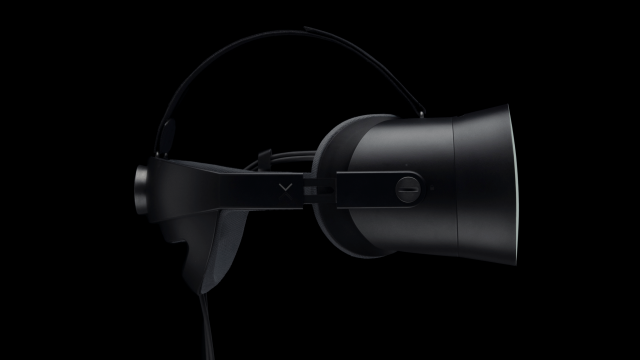
At launch the company is promising support for 3D software tools and engines, including Unreal Engine, Unity, Autodesk VRED, PREPAR3D, ZeroLight, and VBS Blue IG. An SDK is also available for integration into custom 3D engines.
Varjo plans to launch an AR pass-through add-on for the VR-1 later this year.

